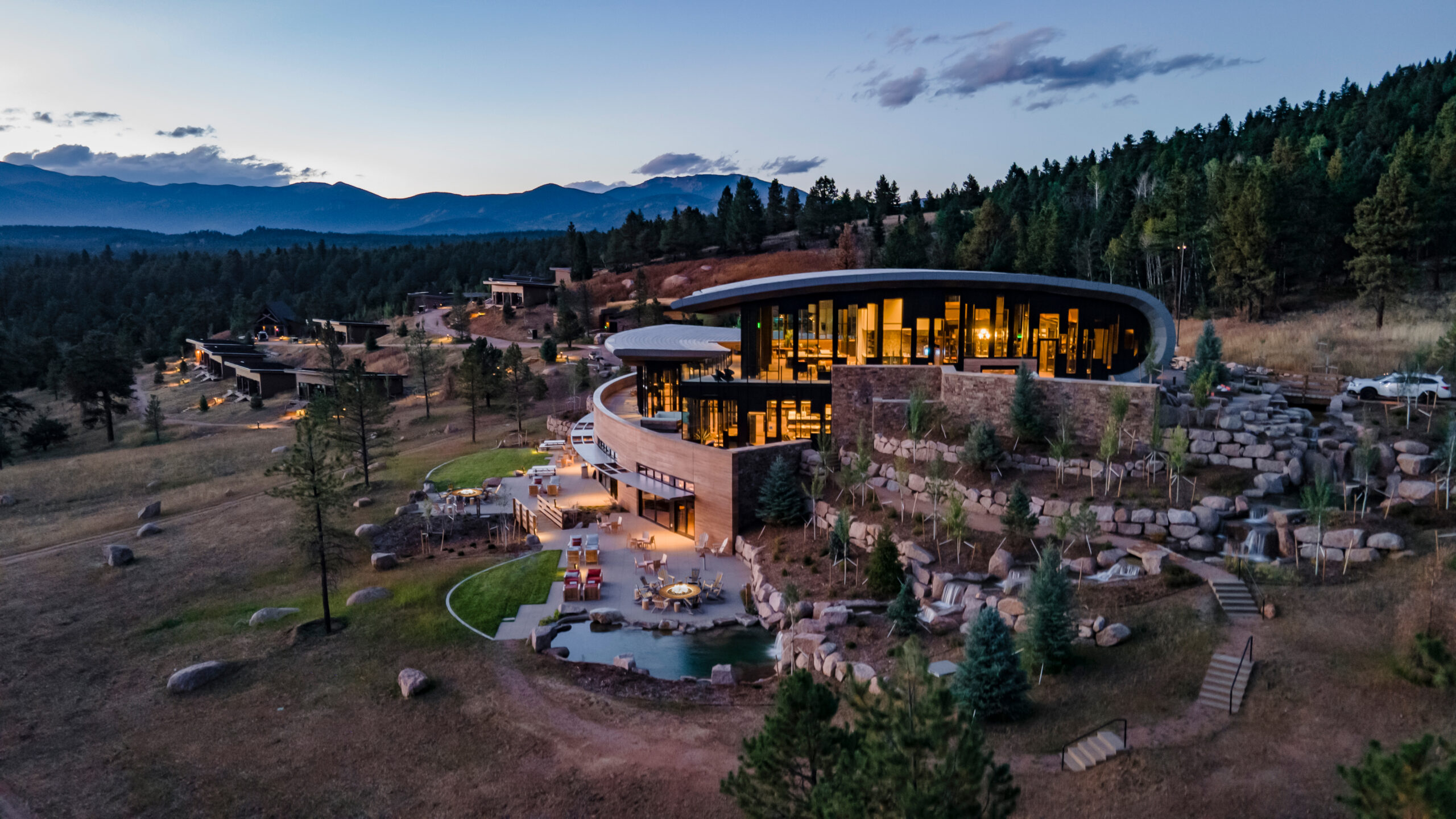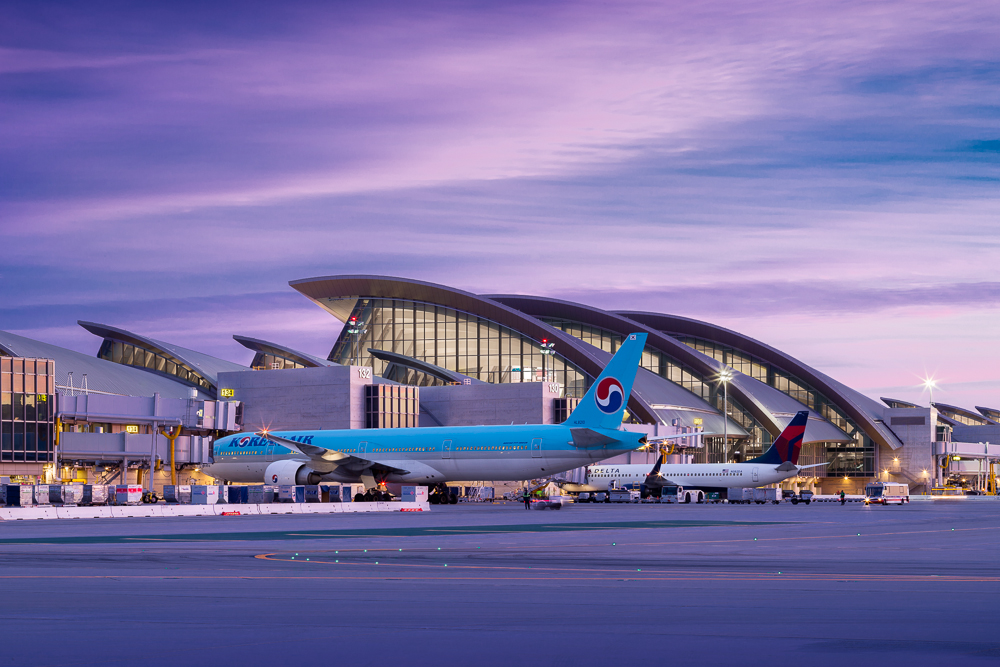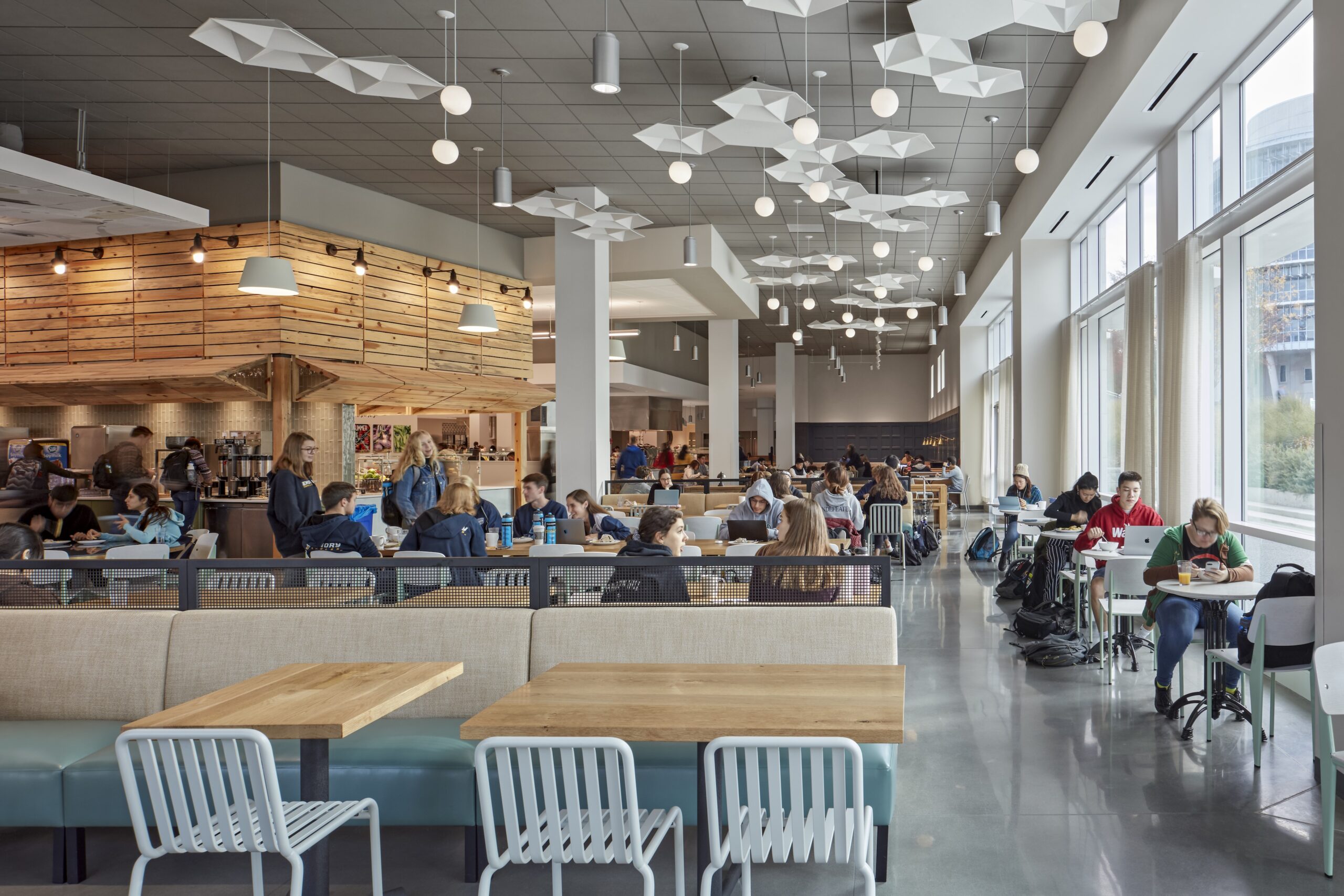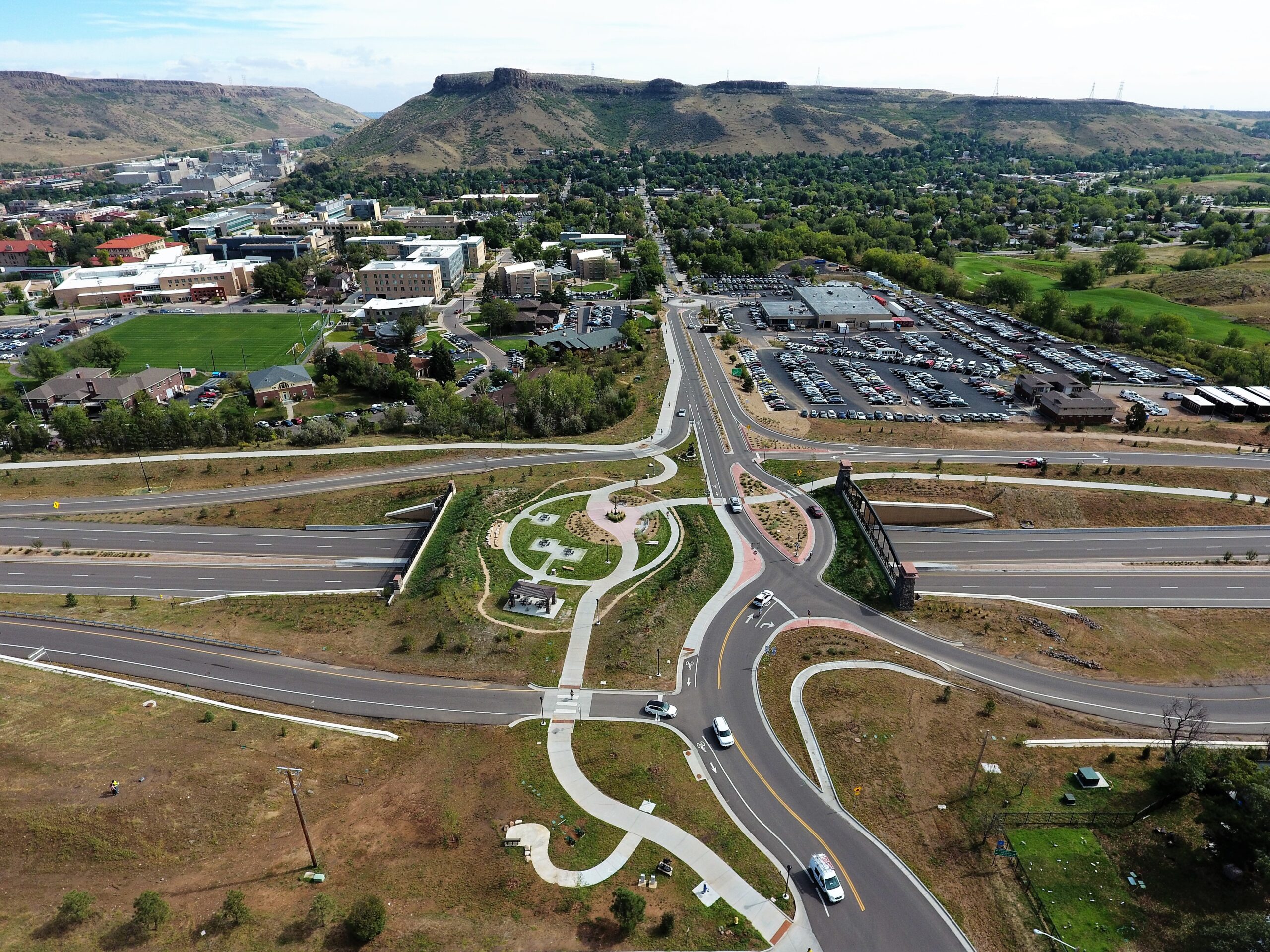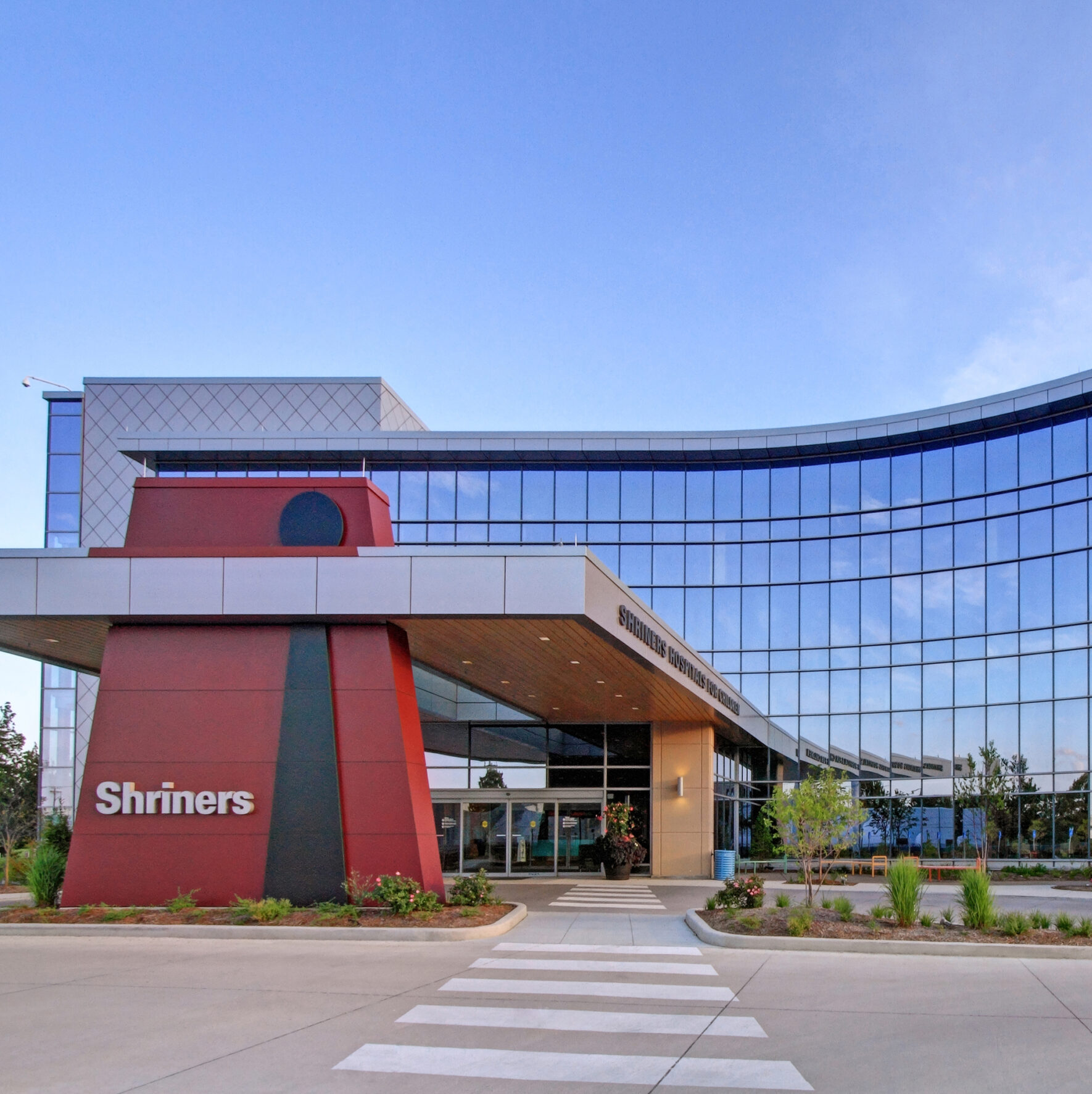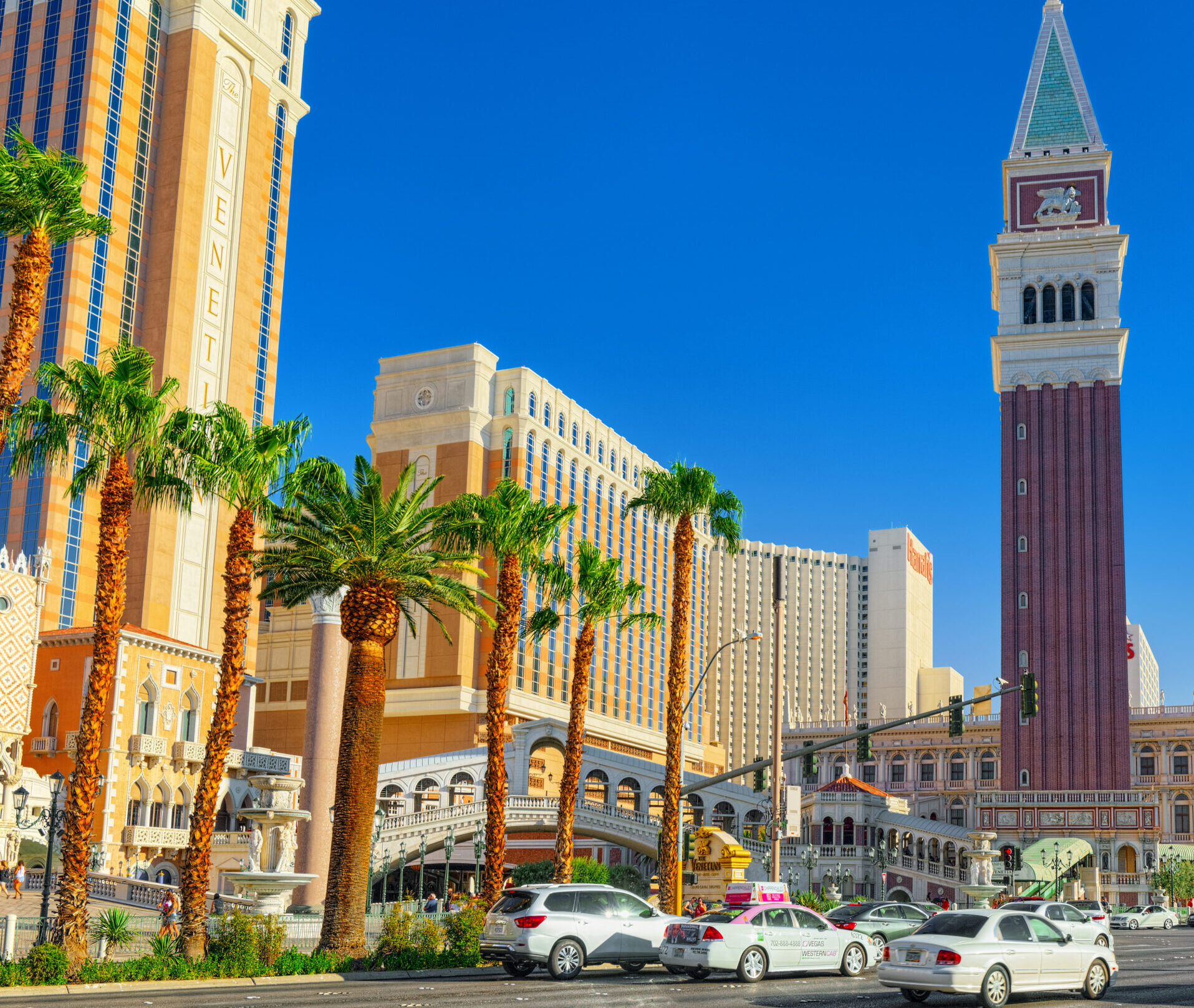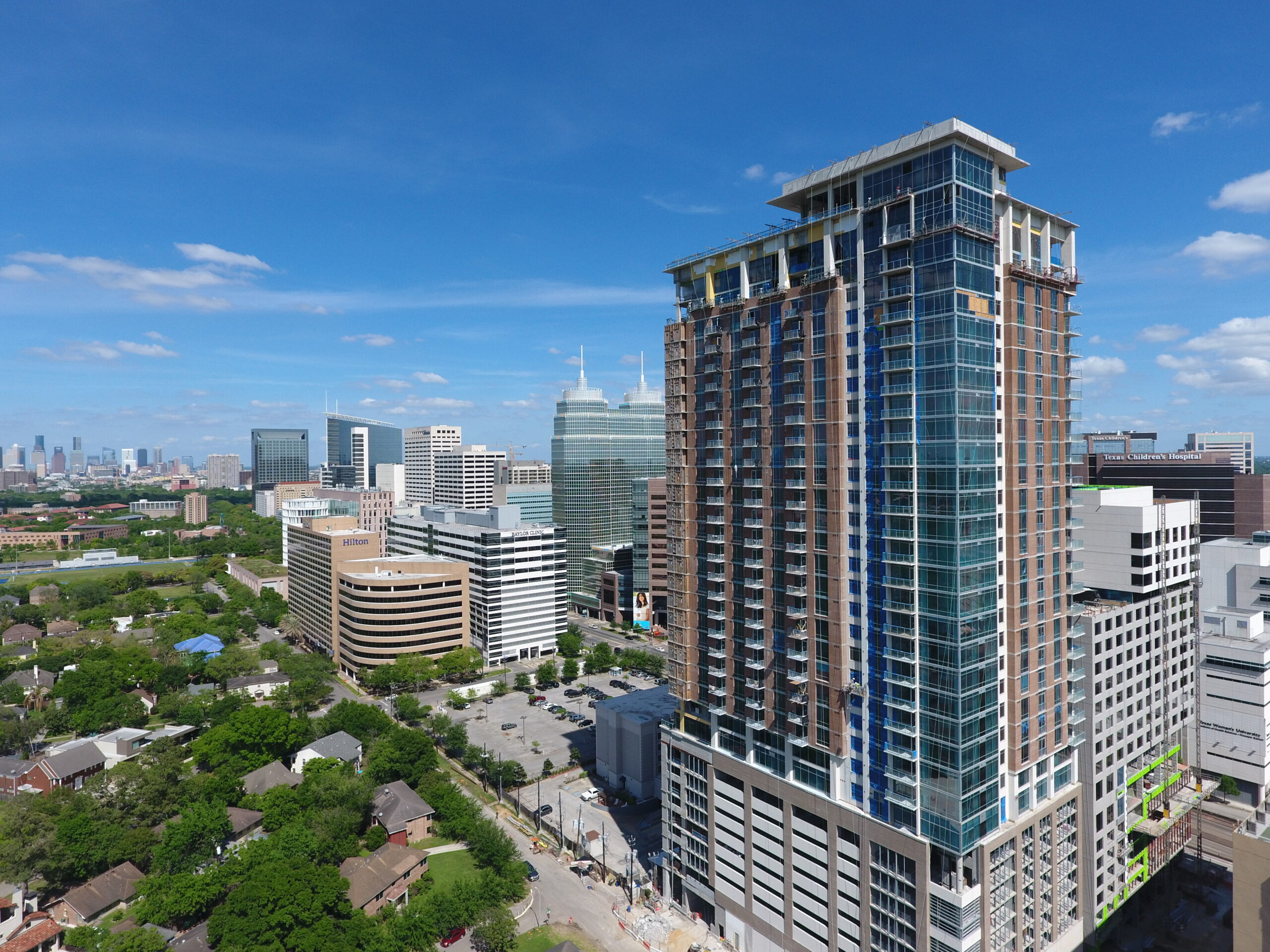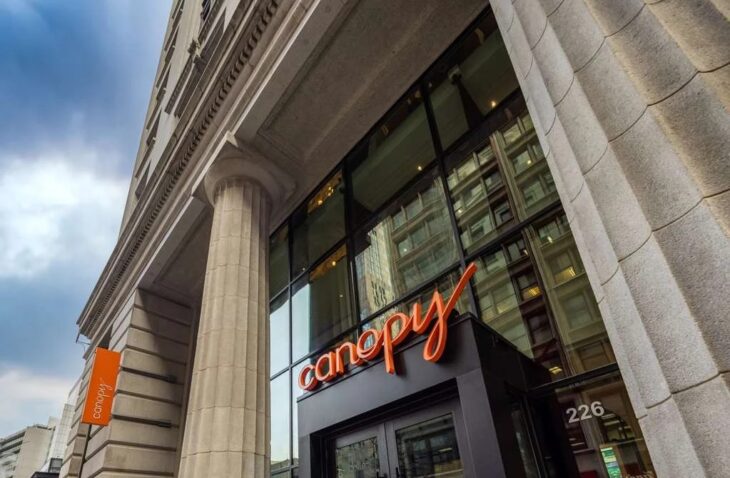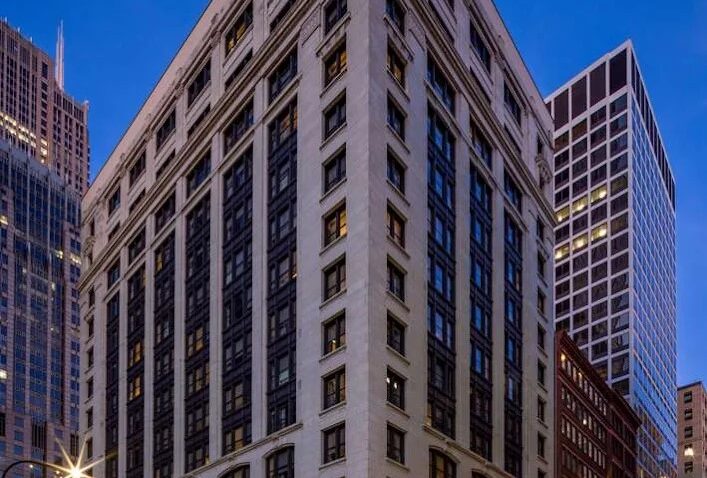Adaptive Reuse for Dual Brand Hotel Development
The project: IMEG provided engineering design services for the adaptive reuse of a historic 14-story building in downtown Chicago. The project converted the building into a dual-branded Hilton Garden Inn and Canopy by Hilton hotel, located directly across from the Willis Tower. The $65 million, 238,000-sf redevelopment features 135 rooms for Hilton Garden Inn on the lower floors and 215 rooms for the upscale Canopy brand on the upper floors, along with the preserved original grand lobby entrance, 2,500 square feet of conference rooms, a fitness center for each hotel, and a glass and metal-clad enclosure for the rooftop restaurant and bar. The building is classified as a national historic landmark, whose exterior is being refurbished and retained in exchange for Class L tax incentives.
The goal: The primary objective was to revitalize a century-old structure, preserving its historic character while delivering a modern, amenity-rich hospitality destination. The project aimed to create a seamless guest experience for two distinct Hilton brands within a single building, while meeting contemporary standards for comfort, safety, and operational efficiency.
Project approach: IMEG delivered comprehensive mechanical, electrical, plumbing, fire protection, and technology design services. The team worked closely with project stakeholders to integrate new building systems within the constraints of the existing structure. Solutions were prioritized that respected the building’s architectural heritage, while ensuring all systems met Hilton’s brand requirements and the expectations of today’s travelers.
Challenge: The greatest challenge was integrating modern MEP and technology systems into a 115-year-old building without compromising its historic integrity. Limited floor-to-floor heights, aging infrastructure, and the need to serve two distinct hotel brands required creative engineering. Solution: IMEG developed tailored solutions for routing utilities, optimizing space, and maintaining the building’s character. The design for the fourth-floor white box space also provided flexibility for future tenants, supporting the building’s long-term viability.
The outcome: The completed project stands as a testament to the value of adaptive reuse and innovative engineering. The dual-branded hotel now offers 350 guest rooms, vibrant food and beverage venues, and flexible meeting spaces—all within a revitalized historic structure. IMEG’s work not only preserved a piece of Chicago’s architectural legacy but also contributed to the ongoing transformation of the city’s downtown hospitality landscape.
